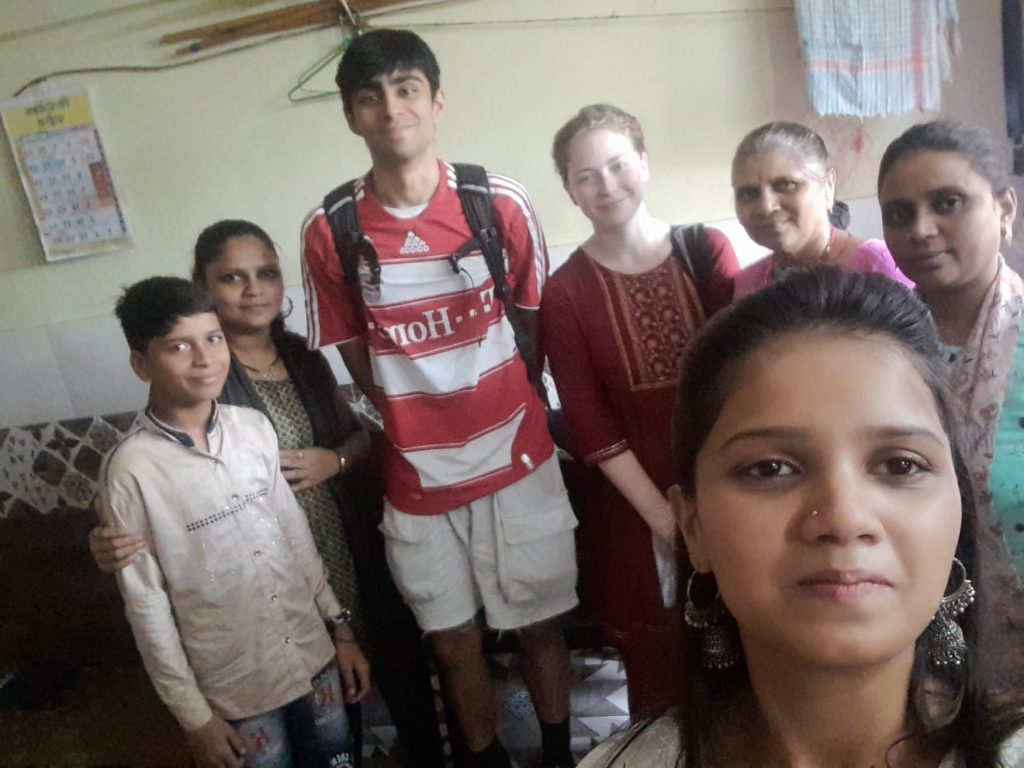My internship at YUVA was a month long. It was a month of great learning – personal learnings such as understanding that I like marketing, for example; but more importantly, social learning. Combing through pages of YUVA documents, editing their videos, going on-ground as a translator- and through this, building a vast library of experiences which I couldn’t have had anywhere else. However, the biggest learning I’m taking away is how disconnected I can afford to be. I say this not as a blanket statement for all Indian youth; in this characterization it is equally vital to understand the role of class as a social divider. I am only disconnected because I am afforded that luxury. To expound, my 2 trips to the YUVA center in Kharghar were my first experiences with the Mumbai Local. I’ve lived in the city for 12 years- I am afforded this luxury.
Despite fancying myself as politically and socially conscious, and as tapped into a network of well-informed thinkers, these notions quickly disappeared the first time I read a YUVA handbook about child involvement. The handbook detailed the integration of urban youth into organizations- and while reading this, I realized that nobody ever had to involve me- my participation in things that I saw as important was always guaranteed.

The deep disconnect between youth who are given opportunities, handed platforms and are born with resources- and the youth who are not- is probably the perfect reflection of today’s India. There are two very different bubbles that this section of the youth exist in. I, for example, live in a bubble not necessarily enforced upon me. My surroundings are a byproduct of resources that I consider normal. It seemed to me, and perhaps still does to my peers, that the lives we have are de-facto. No matter how much social awareness we seem to be involved in or the fundraising we do, wealthy urban youth like myself remain in our bubbles and remain disconnected from the larger picture. Why? Well, we will always have our resources for comfort. We can afford the luxuries of dabbling in social awareness on the basis of interest, knowing that our reality will never have to be the same. The other bubble that exists, for underprivileged youth, is enforced- it is systemic and for many, inescapable. It is a cycle upheld by poor public education, poor state welfare, dwindling trust in the system, inter-generational poverty, a lack of role models, and a plethora of connected issues that are unable to give this section of the youth the same opportunities that I get- essentially trapping them in this bubble. And for YUVA to consistently display unwavering commitment to equalize opportunity across these two bubbles is, frankly, incredible.
It is easy to understand who would be the nation builders of the future – today’s youth. And when the youth who have the most opportunity are the fewest in number, logically, the future looks bleak. So to advance with the goal of equalizing opportunity across social classes, is the only way to burst this enforced bubble, to curb cycles that have plagued urban India for decades. But perhaps the most important tool is awareness- I find it greatly condescending how modern discourse about awareness circulates on teaching the less privileged- what is perhaps more abhorrent to me is the world of knowledge that the wealthy have at their fingertips, and yet the lack of awareness generally present among them. These two bubbles demand imminent bursting, and YUVA’s dedication to youth involvement is a big step on the road to this.


